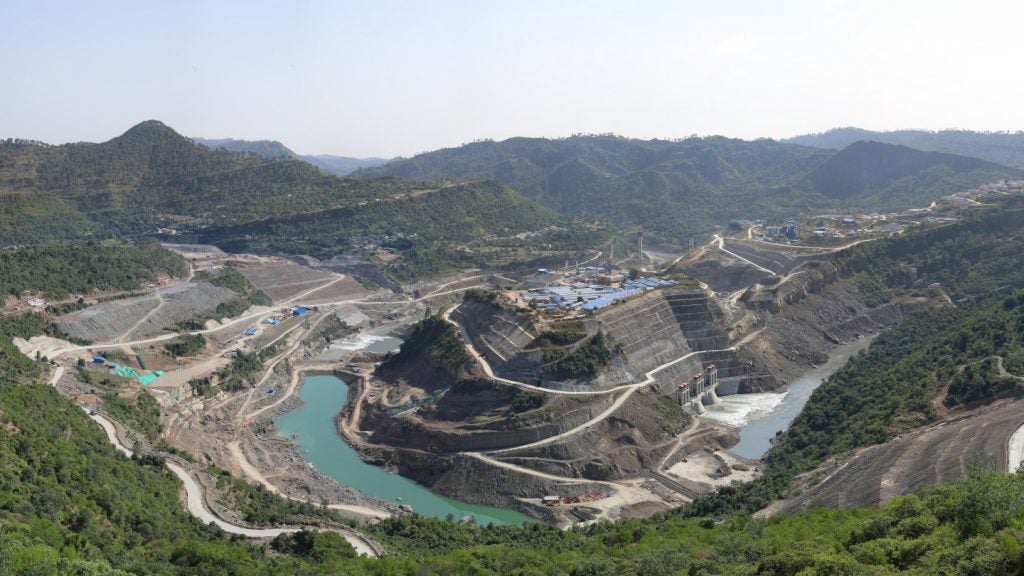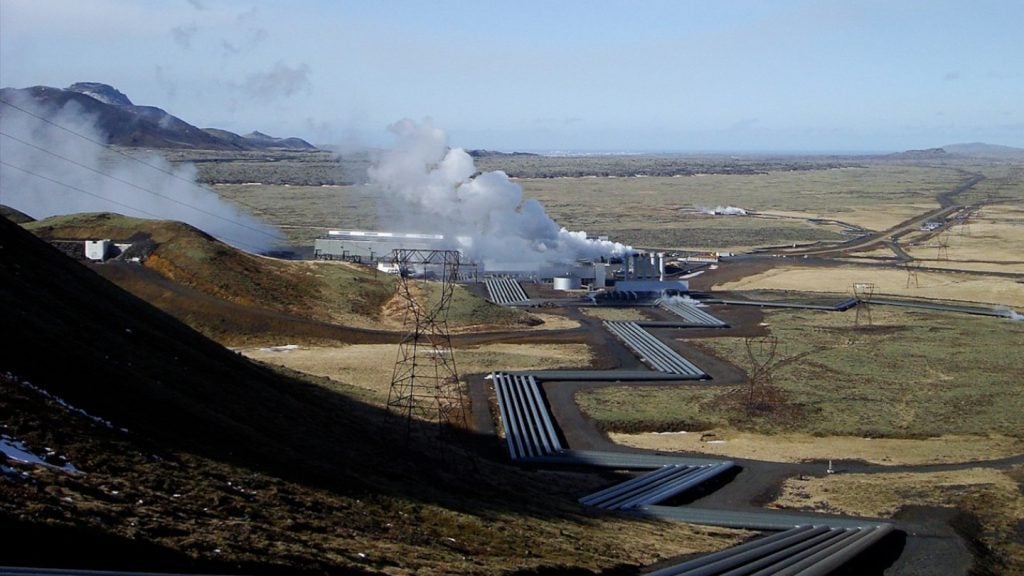The Inland Empire combined cycle gas turbine (CCGT) project was an 800MW natural gas-fired CCGT power plant operated in Riverside County, California, US, by GE, through its subsidiary Inland Empire Energy Center (IEEC). The plant was closed in 2019 and decommissioned in March 2021.
IEEC was GE’s first 60Hz H-System power plant. It was built with an investment of more than $500m.
The plant was shut down due to failure to meet the evolving needs of the California energy market. Economically unviable operations, as well as obsolete technology and equipment at the CCGT plant, also led to its closure.
Inland Empire Energy Center location details
Inland Empire was built on approximately 46 acres of land near Romoland in Riverside County. The site is bordered by McLaughlin Road to the south, San Jacinto Road to the east, Antelope Road to the west and the Burlington Northern Santa Fe railway to the north.
Southern California is one of the largest economies in the world, but it is also one of the most energy-deficient power markets in the US. IEEC was intended to help offset state-forecasted energy shortfalls.
Development of Inland Empire CCGT
The Inland Empire CCGT power plant received its licence from the California Energy Commission (CEC) in June 2005. GE acquired the site and related development rights in August of the same year.
The facility was brought online in 2008. The original order specified GE PG-7251(FB) combustion turbine-generators with heat recovery steam generators, one steam turbine generator, associated pollution-control equipment, a switchyard and other ancillary facilities.
The order was then modified to include the H-System turbines. The modification required changes to the site layout and added four acres to the fenced area of the project site.
It also added two temporary areas near the project site for the construction of worker parking and secondary laydown.
Calpine Power Services managed the plant’s construction, while Calpine Energy Services managed the plant’s output and fuel requirements under a long-term marketing arrangement with GE.
Plant details
Unit 1, with 400MW output, went online in 2008. Unit 2 was shut down at the time of commissioning because it was damaged, the reasons for which were not disclosed by GE.
A restart of Unit 2 was scheduled for 2009 but was delayed due to difficulties in procuring spare parts. It was restarted in May 2010. The project had a total installed capacity of 800MW.
An on-site switchyard was connected to the existing Southern California Edison Valley substation, which is approximately one mile east of the site, across a new 500kV transmission line. Natural gas was delivered through a 20in Menifee Road pipeline, which was connected to the existing Sempra Energy lines.
A 7.56km-long, 18in pipeline disposed of non-reclaimable wastewater. Sanitary wastewater was discharged to an existing 33in (84cm) sewer line in McLaughlin Road.
In March 2017, GE closed Unit 2, seven years into its operation, due to economic unviability.
Through IEEC, GE signed an agreement to sell the power plant site to Nova Power in February 2019. Nova Power had plans to transform the site into a large-scale energy storage facility.
An application was filed in June 2019 to decommission and demolish the Inland Empire CCGT plant. An updated closure plan was submitted in November 2019, which was approved by the CEC in December 2019.
ATC Group Services, an integrated environmental consulting and engineering services provider based in the US, submitted the certificate of completion of the demolition of the project to the CEC in March 2021 on behalf of IEEC.
ATC was appointed as the contractor for the implementation of the decommissioning and demolition plan. The demolition work was completed by Silverado Contractors. TRB+ Associates supported the project team and ATC in the project completion review at the site.
Technology used at Inland Empire power station
The H-System is the world’s first CCGT to reach 60% thermal efficiency. The turbines at the plant generated enough electricity to supply nearly 600,000 households while reducing future carbon dioxide emissions by more than 146,000t a year compared to a typical CCGT plant.
The first H-System turbines were installed in Baglan Bay. IEEC was the first US plant to use them.
The turbines had been upgraded since Baglan Bay. For example, the combustion gas temperature drop of the Baglan Bay turbine was lower than expected. Optimising the design increased performance and power output.
A fuel moisturisation system added a saturator in front of the existing fuel heater. The saturator added water vapour to increase the mass flow through the turbine. This increased output by more than 5MW and reduced NOx emissions.
The three years required to construct and test the new turbines needed more than a million hours of labour, with over 500 workers involved in the project.









